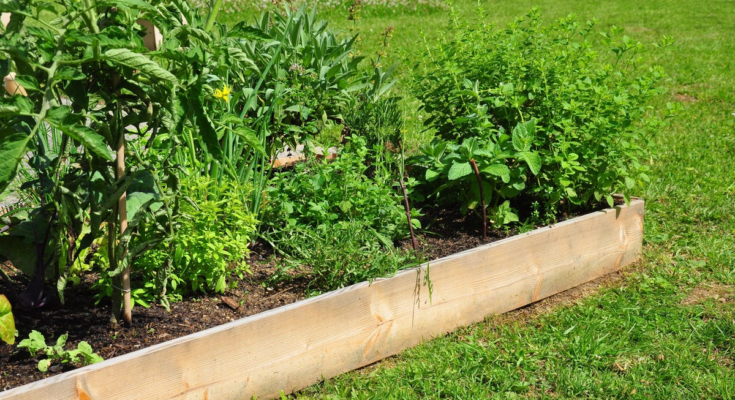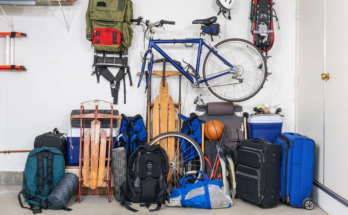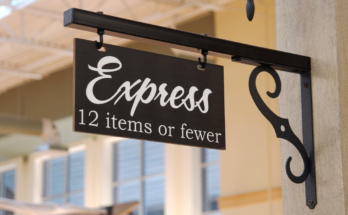
When it comes to your garden, you may be thinking that raised beds will help create a defined, aesthetically-pleasing space to work in and some necessary separation of your garden from the rest of the grass, critters, and vermin in your yard. And you wouldn’t be wrong. But that’s not the whole picture.
Let’s start with some clarity on what a raised bed is. Technically, you can add just a few inches of additional soil added to a ground-level garden bed, and voila: it’s a raised bed. But when most people talk about a raised bed, they mean one that is elevated and surrounded by walls—aka a framed bed or garden box. We’ll use this definition for our purposes.
According to the University of Georgia Extension, the benefits of raised garden beds include fewer weeds, better drainage, less soil compaction from foot traffic, and warmer soil in the spring. But there are several disadvantages, too.
Raised garden beds are wore work, higher expense
All that framing takes a considerable amount of time and money. Not only will you need to purchase the materials and construct the frame (usually made of wood, stone, bricks, concrete, or galvanized metal), you’ll need to make the ground beneath the beds level, screen the bottoms (if pest control is on your agenda), line them with weed-blocking fabric, and add so, so much soil. Also—do you have a circular saw? Because you’re probably going to need one.
G/O Media may get a commission
But back to the soil. According to Home Depot, “a raised garden bed that measures 8-feet by 4-feet by 10-inches will need about 27-cubic feet of soil.” And do you know how much soil is in a 40 pound bag? Yes, forty pounds, but only equivalent to about .75 cubic feet of soil. To fill an 8 ft. x 4 ft. by 10 in. bed, you’d need 36 40-pound bags of topsoil. Which, at Home Depot’s current bulk price of $2.04 per bag, clocks in at $73 plus tax for just the soil—in one bed. (This doesn’t include any “soil amendments” such as compost or lime to balance soil pH, or any construction material costs.)
Potential poor-quality soil
One of the oft-noted advantages of raised bed gardening is that you can curate your soil to meet the needs of whatever you’re growing. But what this perspective overlooks is that, according to the blog Gardening Know How, “Store-bought soil may not have the nutrients and mineral content of natural soil. And it often contains peat moss, an unsustainable product.” (We have a post explaining the problems with peat moss here.)
Raised garden beds need more water (and get colder, sooner)
While raised beds do allow for better drainage (because gravity), that also means the soil dries more quickly, thus requiring more frequent watering. During summer months, the risk of plant dehydration is higher if you don’t maintain a regular watering schedule.
While elevated soil will get warmer earlier in the spring than its in-ground counterpart, increased air circulation cools it down more quickly. So, while it may be an advantage to spring planting, it becomes a con for growing into September, October, and beyond.
Raised garden beds require maintenance (and are permanent)
Hope you’re sure where you want to install those raised beds…because they’re gonna be there for a while. Though not impossible, after installation it’s no simple task to move the boxes and corresponding soil around; spur of the moment layout changes are off the table.
And like most outdoor materials, things falls apart eventually, including meticulously constructed garden beds. When wear and tear starts to show, you’ll need to make repairs, replace individual boards, or replace the entire bed.
There are, of course, exceptions
We’re not telling you to never use raised garden beds. What we are saying is that they may not warrant the hype, and you should be sure you want one. If you have bad, compacted soil full of clay or stones, or are gardening atop a hard surface like cement, or want to introduce a different soil type to your garden, then you should raise away. Otherwise, though, you might want to save the time, cost, and repairs it takes to maintain that trendy thing you didn’t really need.



